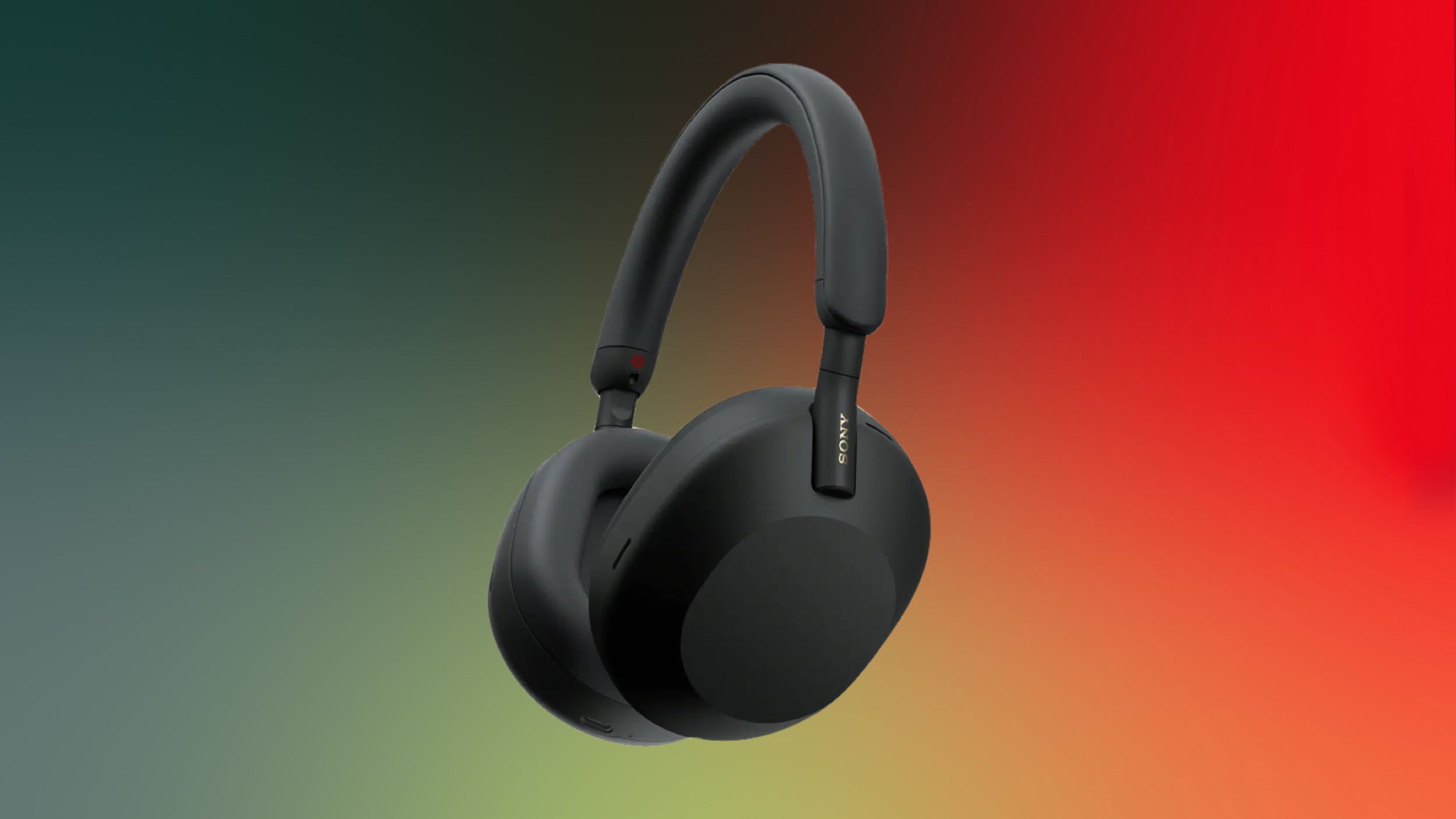If you’re reading this, then you’re probably one of the “hyper enthusiast, price-insensitive players” keeping the games industry going.
That’s because, according to research by analyst firm Circana, around a third of video game players in the US buy a new game less than once a year.
While this research is specific to the US, it’s certainly eye-opening for the state of the industry across the globe. And with 12 percent purchasing once a year and 18 percent purchasing once every six months, it means a combined 63 percent of players buy just two games or fewer each year.
The research is part of Circana’s Q3 2025 Future of Games survey, as shared on social media by analyst Mat Piscatella.
“Hyper enthusiast, price-insensitive players are really keeping things going, especially in the non f2p gaming space,” he said.
Hyper enthusiast, price-insensitive players are really keeping things going, especially in the non f2p gaming space.
According to Circana’s Q3 2025 Future of Games, only 4% of US video game players buy a new game more often than once per month, with a third of players not buying any games at all.— Mat Piscatella (@matpiscatella.bsky.social) 2 October 2025 at 17:54
It’s interesting timing for the data following the recent price hike of Xbox Game Pass. If, on average, players are spending, say, £140 on two full price games (or less) each year, is spending around £275 a year (£22.99 for 12 months) on Game Pass Ultimate for access to day one games really a good deal?
Nowadays there are more games than ever being released, but if players are only buying a couple – and let’s face it, it’ll be the likes of EA FC, Call of Duty, and inevitably GTA 6 – how can smaller studios expect to survive?
And that’s outside of free-to-play live-service games, where just a handful of games continue to dominate player time.
It would seem the 14 percent of players purchasing at least one game each month are the ones keeping the industry afloat at present, but this is by no means an infinite pool of money for studios to aim for. It’s why growth of the industry has stagnated in recent years – it’s those average players who need to be reached.
For the “hyper enthusiast” players, then, subscriptions like Game Pass offer good value – although not ownership. But how can that be made more attractive to the average consumer?
It certainly helps to explain Microsoft’s “Everything is an Xbox” approach, to lower the barrier of entry for the average consumer. It’s also why Amazon is now looking to boost its Luna cloud gaming service.
And what does this mean for the future of console gaming? Eurogamer asked the experts, and it’s not all doom and gloom.
Source link


